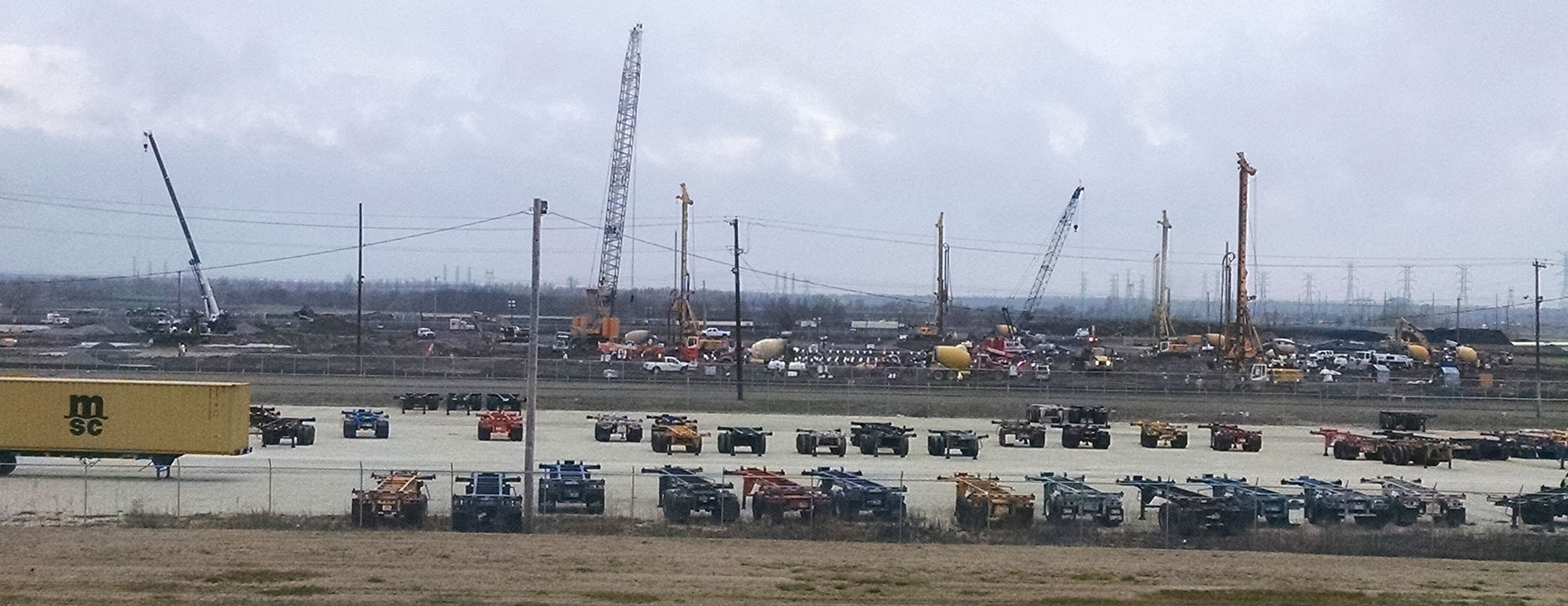
The Tennessee Valley Authority (TVA) is currently constructing a new facility in Memphis, Tennessee. The facility includes combustion turbine-generators, a turbine hall building, two heat recovery steam generators, one steam turbine generator, tanks, pipe racks, cooling towers, warehouses, and an administrative building. The project site is approximately 1 ½ mile to the east of the Mississippi River and approximately ½-mile to the south of Lake McKellar. The soils in the general area of the site consist of dredged materials, uncemented and young river deposits. The site is within the zone of influence of the New Madrid Seismic Zone (NMSZ), which has produced large earthquakes in the past.
TVA had a preliminary geotechnical subsurface exploration (SE) conducted during the planning phase. Kiewit Power (KP) retained Geotechnology to provide a geotechnical review of the preliminary SE during the bidding process. Based on the review, it was concluded that a supplementary SE is needed to provide sufficient design information. TVA then selected KP to provide design and construction services. KP retained Geotechnology to perform the supplementary SE, which included additional conventional drilling and in situ testing (SPT), sampling, laboratory testing, Cone Penetration Testing (CPT), and a site-specific seismic study. KP also retained Berkel and Company Contractors, Inc. (Berkel) to install Displacement Auger Pressure Grouted (APG-D) piles to support heavy loads and Cast-in-place Ground-improvement Elements (CGEs) for ground improvement purposes.
KP engineers faced a major challenge during the design phase: lateral spreading during the design earthquake event required by the 2012 International Building Code (IBC). Based on the results of the preliminary SE, a lateral displacement (LD) of 60 inches was estimated. To mitigate the LD impact, additional ground improvement was required by installing the CGE’s at tighter spacing. Additional piles were also required to limit the expected lateral movement of superstructures. The expected additional cost was around $30M. KP requested that Geotechnology perform analyses to evaluate the potential for lateral spreading due the design seismic event stated in the IBC.
Geotechnology engineers used two methods to estimate lateral spreading. The analyses utilized both SPT and CPT results, actual topographical information between the site and Lake McKellar and the site-specific seismic study results. The engineers also considered the database used for developing the analysis methods, the nearest distance to the possible seismic source, the uncertainty in developing the analysis methods, and they reviewed historical data (a 1910 USGS report) related to LD observations in the NMSZ. Based on the extensive study performed by our engineers, an estimated average LD of 6 inches was recommended. Accordingly, KP design engineers concluded the additional ground improvement and piles are not necessary, thus reducing the estimated construction cost by approximately $30M. The project is currently under construction, and it has a target completion date of early 2017.
